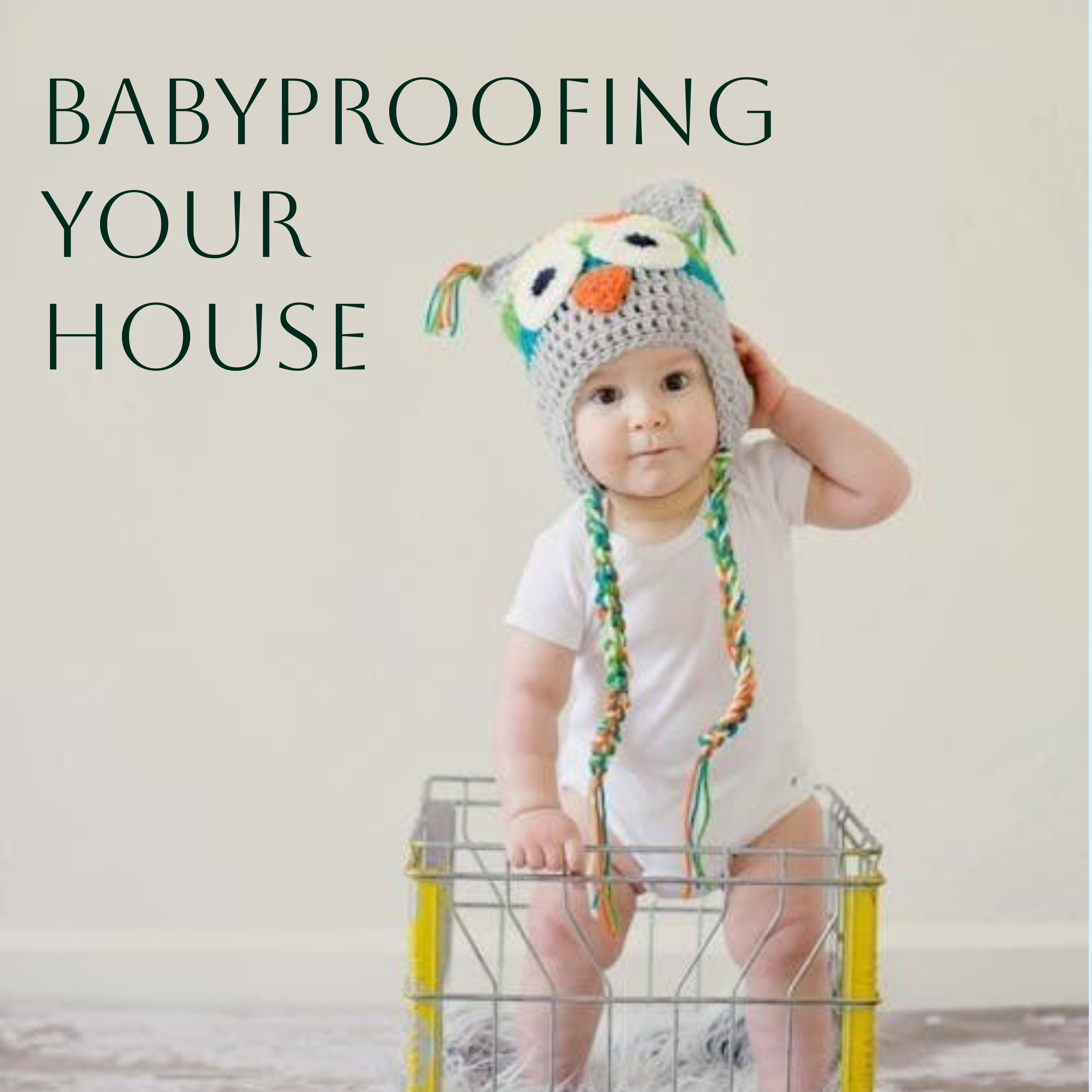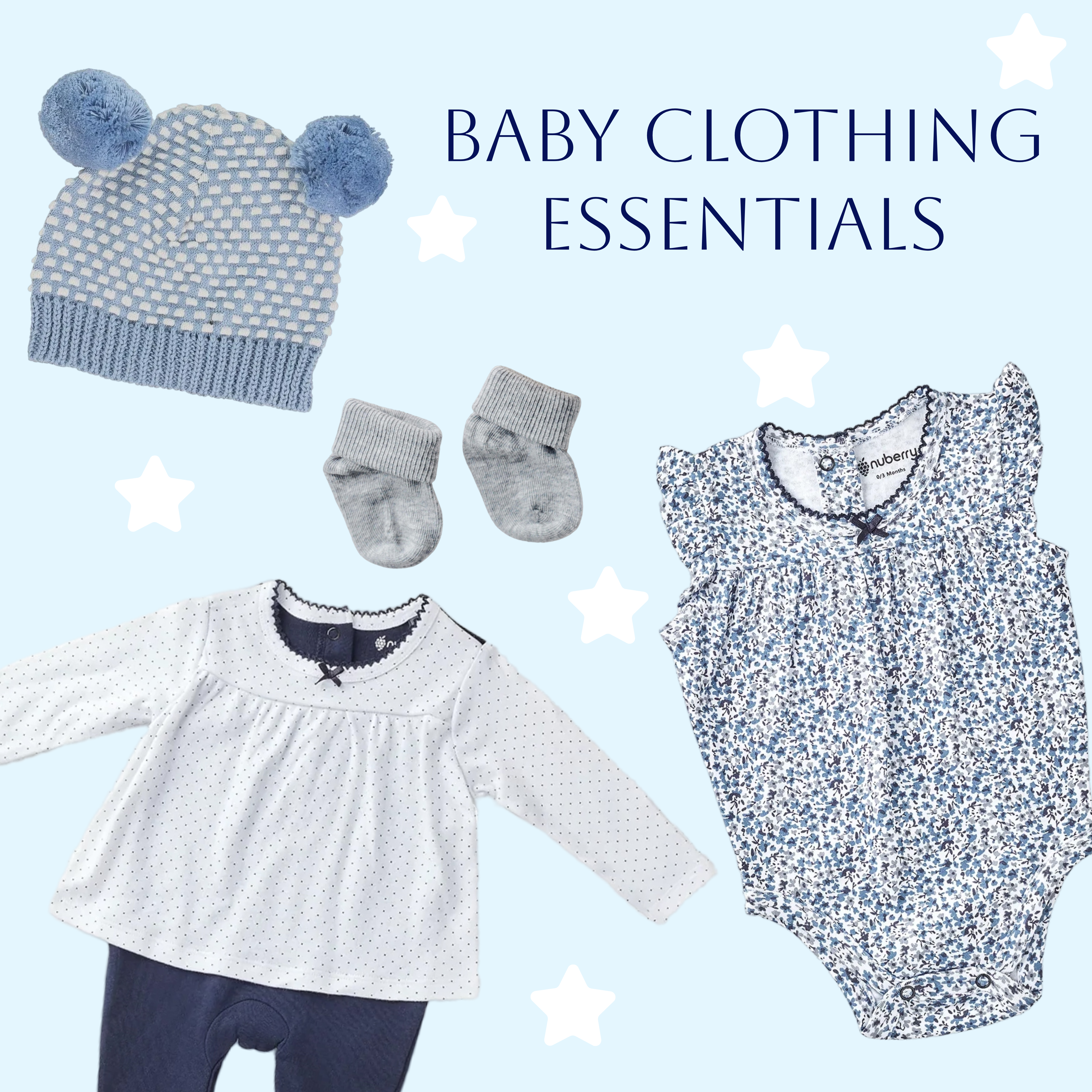
How to Babyproof your House: A Complete Guide to Babyproofing
Welcoming a baby into your family is an exciting journey filled with joy and love. Along with this excitement, comes the responsibility of ensuring their safety and well-being, especially in the place they will spend most of their time - home.
Baby-proofing your house is an essential step in creating a secure environment for your little one to explore and grow. This guide will outline important steps and tips to help you through the process of baby-proofing your home effectively.
Babyproofing Tips and Tricks
Identify Potential Hazards
Conducting a thorough inspection of your home. Pay close attention to areas where your baby will spend the most time. Common hazards include sharp edges, electrical outlets, choking hazards, and unstable furniture. You could also get down to your baby's eye level to identify potential dangers that may not be immediately apparent from your usual perspective.

Secure Furniture and Fixtures
Heavy furniture, such as bookcases, dressers, and televisions are dangerous if they are not properly secured. Use furniture straps or anchors to secure these items to the wall and prevent them from tipping over. Additionally, you can also ensure that freestanding appliances like ovens, microwaves and dishwashers are securely anchored to prevent them from falling.

Cover Electrical Outlets
Babies are naturally curious and may try to explore electrical outlets, putting them at risk of electric shock. You can simply install outlet covers or safety plugs to prevent your baby from inserting objects into the outlets. Be sure to choose covers that are difficult for small baby hands to remove but easy for adults to access when needed.

Secure Cords and Cables
Always keep electrical cords and cables out of your baby's reach. This can prevent them from pulling on them or chewing on them, which can lead to electric shock or choking hazards. You can also make use of cord organizers or just keep them hidden.

Install Safety Gates
Safety gates are essential for blocking off stairs, doorways, and other areas that may be unsafe for your baby to access. Choose gates that are sturdy and securely mounted to prevent them from being pushed over or dislodged by your baby.

Lock Cabinets and Drawers
Cabinets and drawers containing cleaning supplies, sharp objects, or other potential hazards should be fitted with childproof locks or latches. These locks prevent your baby from accessing harmful substances or objects that could cause injury.

Eliminate Choking Hazards
Babies explore the world by putting objects in their mouths. So, it's very important to remove small items that could pose a choking hazard. Make sure you keep small toys, coins, batteries, and other small objects out of reach, and regularly inspect your floors and carpets for potential hazards.

Pad Sharp Edges and Corners
Sharp edges and corners on furniture, tables, and countertops can pose a risk of injury if your baby bumps into them. So, it’s always a good idea to use corner guards or edge bumpers to cushion these areas and prevent bumps and bruises.

Monitor Temperature and Water Safety
During bath time, always monitor the temperature of bathwater to prevent scalding. Make sure you never leave your baby unattended in the bathtub. Also, consider installing locks on toilet lids as an extra safety measure.

Read more about bath time tips here.
Stay Vigilant and Adapt
Baby-proofing is an ongoing process, and as your baby grows and becomes more mobile, you may need to reassess and update your safety measures accordingly. Stay vigilant, anticipate potential risks, and be prepared to adapt your baby-proofing strategies as needed.

Baby-proofing your house is an essential step in creating a safe and secure environment for your little one to thrive. By identifying potential hazards, securing furniture and fixtures, and implementing safety measures such as outlet covers, safety gates, and cabinet locks, you can minimize the risk of accidents and injuries in your home.
Remember that baby-proofing is an ongoing process, so stay vigilant and adapt your safety measures as your baby grows and explores their surroundings. With proper baby-proofing measures in place, you can enjoy peace of mind knowing that your baby is safe and protected in your home.



